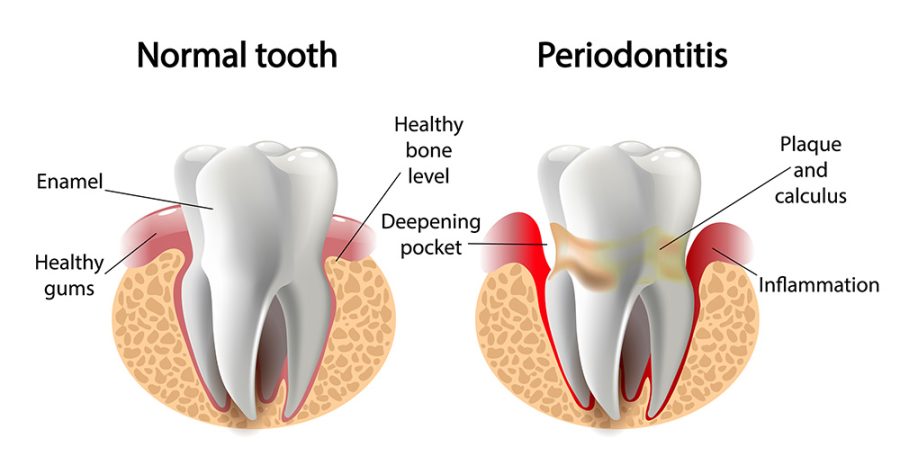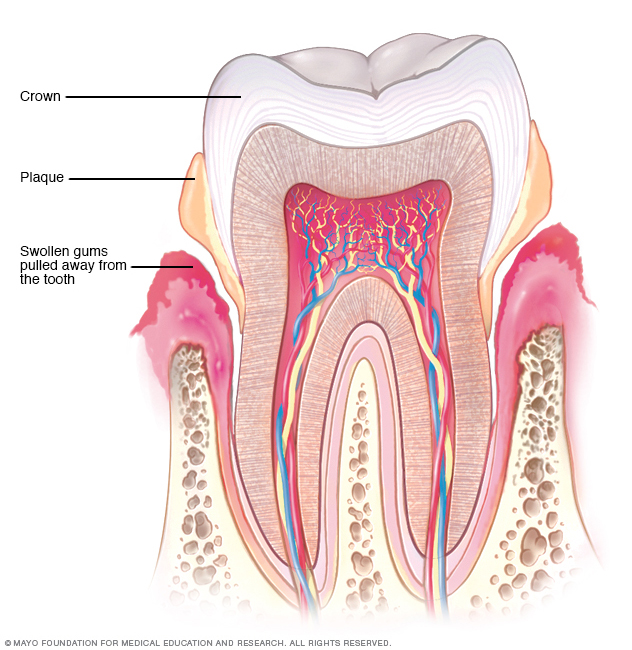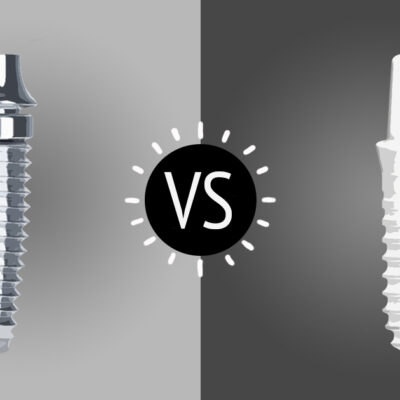When you visit your dentist for a checkup, one of the things they will look for is how much gum tissue is around your teeth. The amount of space between your teeth and gums is known as “periodontal” space. If there’s not enough room for normal, healthy gums to grow and function properly, that’s when dentists might suggest gum treatment. If left untreated, periodontitis can cause irreparable damage or even loss of teeth. Thankfully, most cases of mild or moderate periodontitis are treatable with little to no long-term side effects. If you have been diagnosed with periodontitis, here are some things you need to know about periodontal treatment.
What is the reason for gum treatment?
Periodontal disease is an infection and inflammation of the gums and supporting bone around the teeth. If left untreated, it can cause damage that can be irreversible. Periodontal disease is often caused by poor oral hygiene techniques and certain diseases such as diabetes and rheumatoid arthritis. Early diagnosis of periodontal disease and treatment can stop further damage and even reverse some of the effects.

If left untreated, it can lead to tooth loss and increase your chance of contracting other diseases in the body. The main reasons for periodontal treatment are:
To reverse the damage caused by an existing infection.
To prevent further damage that could lead to tooth loss.
Also to improve your overall oral hygiene and general health.
What happens during gum treatment?
The procedure involves lifting the gums off of the teeth to remove tartar buildup. After the surgeon has cleaned the area and removed the tartar, they will stitch the gums into place to fit around the teeth. Sometimes, the bone may require reshaping during this procedure.

Scaling– One common procedure is scaling. This is a non-surgical procedure that involves removing the plaque and tartar from the surface of the teeth along with some of the gum tissue. Scaling can be performed either manually or with the help of an ultrasonic scaler.
Root Planing– Another common procedure is root planing, which involves scraping and smoothing the root surfaces of your teeth. This helps to reverse gingivitis and treat periodontitis.
Surgery– Finally, if your periodontal disease is severe, your dentist may suggest surgery. Surgeries may vary depending on the severity and type of periodontal disease, but may include

Resective surgery– If you have severe gum disease that has caused the gum tissue to recede from the tooth, it may be necessary to remove the diseased tissue and connective tissue and reposition the gum tissue around the tooth.
Bone grafting– If you have very little gum tissue, or if your teeth have shifted due to the infection and lack of support, a bone graft may be necessary. A bone graft is a procedure in which new gum tissue is created from your own bone.
Types of periodontal treatment
Scaling and root planning– These two procedures are usually done together. They remove plaque and tartar from the teeth and any loose gum tissue. This is what most people think of when they think of periodontal treatment.
Laser surgery– Laser surgery uses a concentrated beam of light to kill bacteria and reverse the effects of periodontal disease. It is often used to treat gum pockets that are too narrow to be treated with traditional scalings.

Grafting– If you have no gum tissue at all, periodontal surgery may involve grafting. This is when a flap of skin is removed from another part of your body, such as your forearm or leg, and is attached to the roof of your mouth to create new gum tissue.
Regenerative therapy– This is a relatively new and experimental procedure. It uses stem cells from your own saliva to try to stimulate the regrowth of gum tissue.
How much does Gum Treatment Cost?
The cost of gum treatment varies depending on the severity of your periodontal disease, the type of procedure used, and your location. A typical scaling and root planing procedure costs between $300 and $500. Laser surgery and more complex procedures are more expensive, costing between $700 and $2000. Many dental insurance plans cover the cost of periodontal treatment to some degree. The exact level of coverage varies from plan to plan.
If your insurance doesn’t cover the full cost of your treatment, you may be able to get a loan or an advance on your benefits. If you don’t have dental insurance, you may be able to get assistance from your local government. In many places, low-income individuals can get free or reduced cost dental care through a program called Medical Assistance.
What are the risks of periodontal treatment?
The most common risks of gum treatment are swelling, bleeding, and infection. Your dentist will likely give you antibiotics before and after the procedure to help reduce the risk of infection. Swelling and bleeding are normal and should subside within a few days. If you experience prolonged swelling, pain, or excessive bleeding, it could be due to a complication such as broken blood vessels, cracked teeth, or a sinus infection.
If you have decided to go ahead with the procedure
First, your dentist will likely administer a local anesthetic to numb the gums. This will make the procedure less uncomfortable and reduce the risk of infection due to the use of dental instruments. There might be spray of blood and saliva. Hence a rubber dam or shield provided will protect your lips and cheeks. Finally, the dentist will use special instruments to scrape, scrape, and clean the plaque and tartar from your teeth. They may also surgically reshape the root surfaces to reverse the effects of periodontal disease.
Conclusion
The treatment for periodontal disease is not a pleasant one. It involves a lot of discomfort and the risk of infection, and it can cost a lot of money. So why would anyone choose to go through it? Now that you know what to expect from periodontal treatment, you can make an informed decision on how to proceed. If you would like more information, we’d be happy to help.






